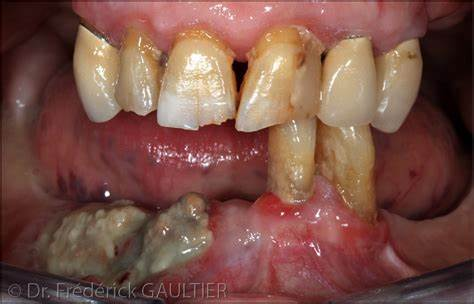The Influence of Breastfeeding and Pacifier Use on the Association Between Preterm Birth and Primary-Dentition Malocclusion
Little is known about the influence of biological characteristics on the occurrence of malocclusion.This study aimed to investigate the association between preterm birth and primary-dentition malocclusion and how breastfeeding and the use of pacifiers are related to this association ?
Dentists should be aware that preterm birth may be a risk factor for malocclusion in primary dentition.
The findings reinforce the benefits of breastfeeding on occlusal development and the negative consequences of pacifier use.
In children born preterm, MSM (moderate or severe malocclusion) was found to be more prevalent even after adjustment for pacifier use and breastfeeding for a short period. Breastfeeding longer than 9 months reduced but did not eliminate the risk of malocclusion in preterm children.
malocclusion in primary dentition
By contrast, pacifier use seemed to have a more harmful effect of MSM in infants born preterm compared with full-term infants.
Few studies that tested the association between malocclusion in primary dentition and preterm birth found no significant difference; however, most of the studies were cross-sectional. When mixed dentition was considered, greater prevalence of occlusal problems such as those related to sagittal relationships (molar and canine) and occlusal asymmetry were found in preterm children.
Breastfeeding prevent malocclusion : Via the appropriate development of the jaws and the muscles involved in the suckling process of breast milk.
Breastfeeding involves intense muscular activity, which promotes both craniofacial and dentofacial development, and it plays an important role in the formation of the hard palate. This results in fewer malocclusions and adequate dental alignment.
The prevalence of malocclusion in preterm infants who were breastfed for a maximum of 3 months was almost 3 times higher than in those who were breastfed for >9 months.
Pacifier Use : The pacifier is offered to children to comfort and calm them, it can interfere with correct sucking of the breast in the postpartum phase and contribute to the so-called “nipple confusion phenomenon” that is the newborn positions his tongue incorrectly to suck the breast, leading to early weaning.
We highlight that malocclusions occurring in primary dentition are strongly associated with orthodontic treatment needed in permanent dentition. Therefore, the prevention of malocclusion development in primary dentition may impact the need for dental treatment in the future, thus reducing the financial impact on the individual and the public health system.
Conclusion
Preterm birth is a risk factor for malocclusion in primary dentition. Breastfeeding for >9 months attenuatesthe risk of MSM in preterm children, whereas pacifier use was associated with an increasing risk of MSM both in preterm and full-term children.





Comments
Post a Comment